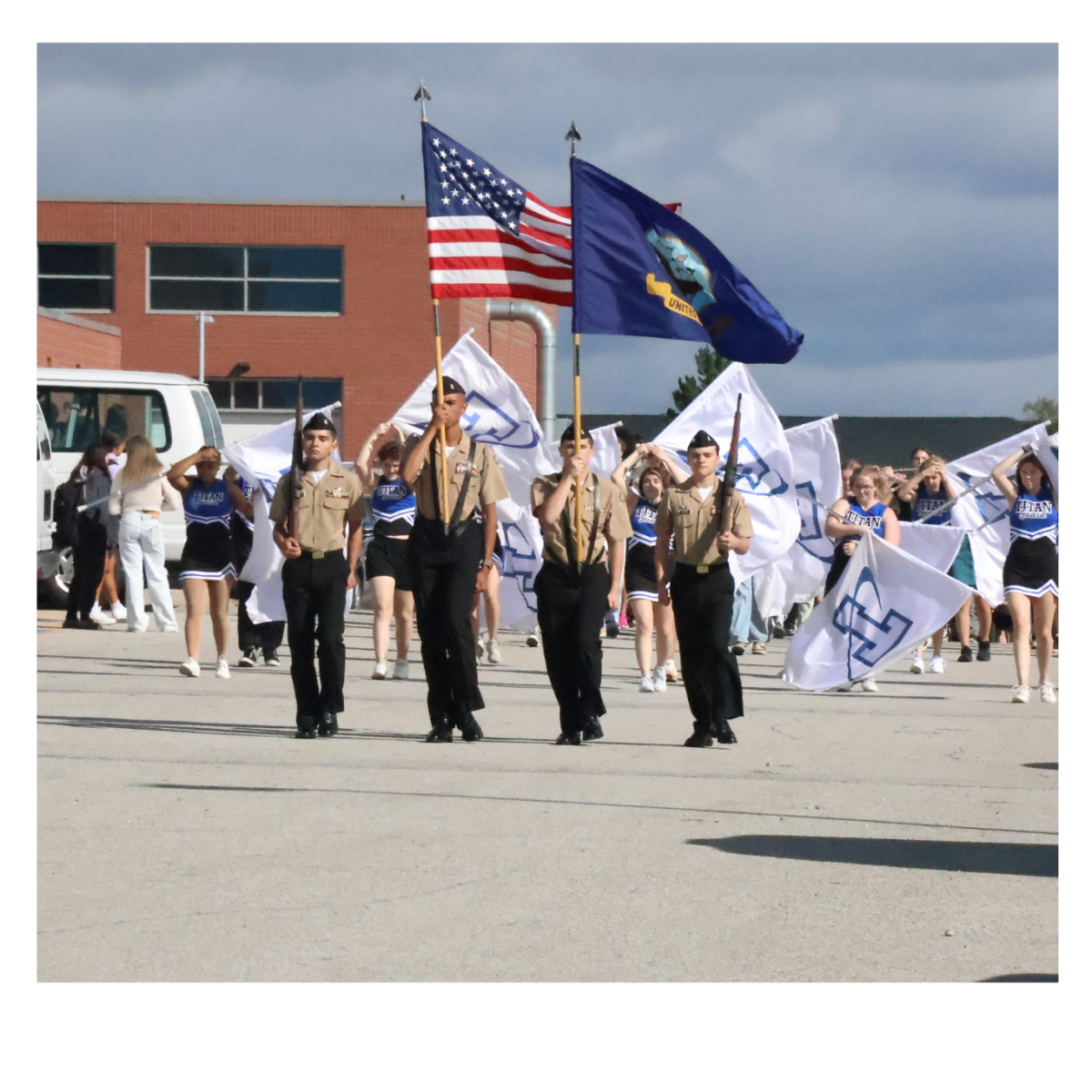Maddie Estergaard’s Multicultural Literature, offered in 11th and 12th grade, is unique among English classes at Papio South in that it specifically emphasizes learning about and understanding various cultures in addition to traditional reading and writing skills.
While many English classes introduce books by talking about themes, character archetypes, and writing styles, Estergaard draws from another core subject in order to teach the books in her class.
“For many of them, we want to give a perspective that most students haven’t been able to hear from… Along with the book, there’s a lot of pre-teaching, and even understanding different pieces of history, because oftentimes, they’ve [students] had pieces of those history lessons, but are looking for a more well-rounded perspective,” Estergaard said.
Books featured in the Multicultural Literature curriculum include “A Raisin in the Sun,” the first play published by an African American woman, Lorraine Hansberry, to be performed on Broadway; “American Born Chinese,” a graphic novel by a Chinese American man, Gene Luen Yang, that echoes memories of racism he faced as a child; and “Free Lunch,” a memoir by a Mexican American man, Rex Ogle, about growing up on a free lunch program in a wealthy school district.
To Estergaard, the range of culturally influenced stories taught in her class causes the students to have a better understanding of social issues.
“Instead of dismissing or ignoring, they ask more questions about why things have happened, questions about the communities we discuss, and share their views on some of our topics…It is an honor to watch students have differing opinions and see where other people are coming from,” Estergaard said.
During freshman and sophomore year, students read works by Bradbury, Goulding, Homer, Lee, Orwell, Sophocles, Shakespeare, Steinbeck, Wiesel, Rose, Kafka, and Cisneros – excluding summer reading, which is only required for honors and AP courses. Of these, Cisneros is the only non-white author. Her book, “The House on Mango Street,” is taught on an optional basis by freshman teachers.
Rayna Lingenfelter, who teaches on-level and honors English 9, said that despite the lack of diveristy at that level, it is difficult to ignore the contributions of the authors taught in 9th and 10th grade.
“The work that we currently use is part of the curriculum because it is work that is referenced in other works, used as a source for other authors to respond to, referenced in popular culture, etc.,” Lingenfelter said. “I think we are definitely losing out on hearing and learning from a diverse range of perspectives and voices.”

With that in mind, Lingenfelter and other teachers take steps to include perspectives from other cultures in English education.
“For example, take ‘To Kill a Mockingbird.’ It was written by a white lady, so I throw in Paul Lawrence Dunbar poetry to help create this context anyd get black voices in as well, since it’s a white lady telling the story,” Lingenfelter said.
Another supplement used in 9th grade English is the short story “Marigolds,” by Eugenia Collier, a black woman, which is required reading for all freshmen.
Shureen Seery, one of Papillion La Vista Community Schools’s curriculum directors, noted that additional changes to the English curriculum would require a district-wide discussion on educational value and student enjoyment.
“There’s a lot of conversation around ‘what’s the purpose, what’s it [curriculum book] fitting?’… When we talk about exposing kids [to a novel], we talk about all of those things: content, historical fiction, engagement. We’ve had a huge conversation about engagement. Which novels really engage our kids to read?,” said Seery.
To Estergaard, there is a place for more multicultural perspectives in teaching foundational literature. This idea is being taken into account by the district in that Frederick Douglass’s “Narrative of the Life of Frederick Douglass” will be taught alongside Twain’s “Adventures of Huckleberry Finn,” in junior English classes.
“It would be great for our foundational sources to introduce more ethnically and socially diverse perspectives…. It’s incredible for our students to see themselves and others in the stories they are reading,” Estergaard said.


![Pictured above is a structure that displays the names of Nebraska Vietnam veterans in order to “honor [their] courage, sacrifice and devotion to duty and country.”](https://plsouthsidescroll.com/wp-content/uploads/2025/10/Trey_092625_0014-e1760030641144-1200x490.jpg)























